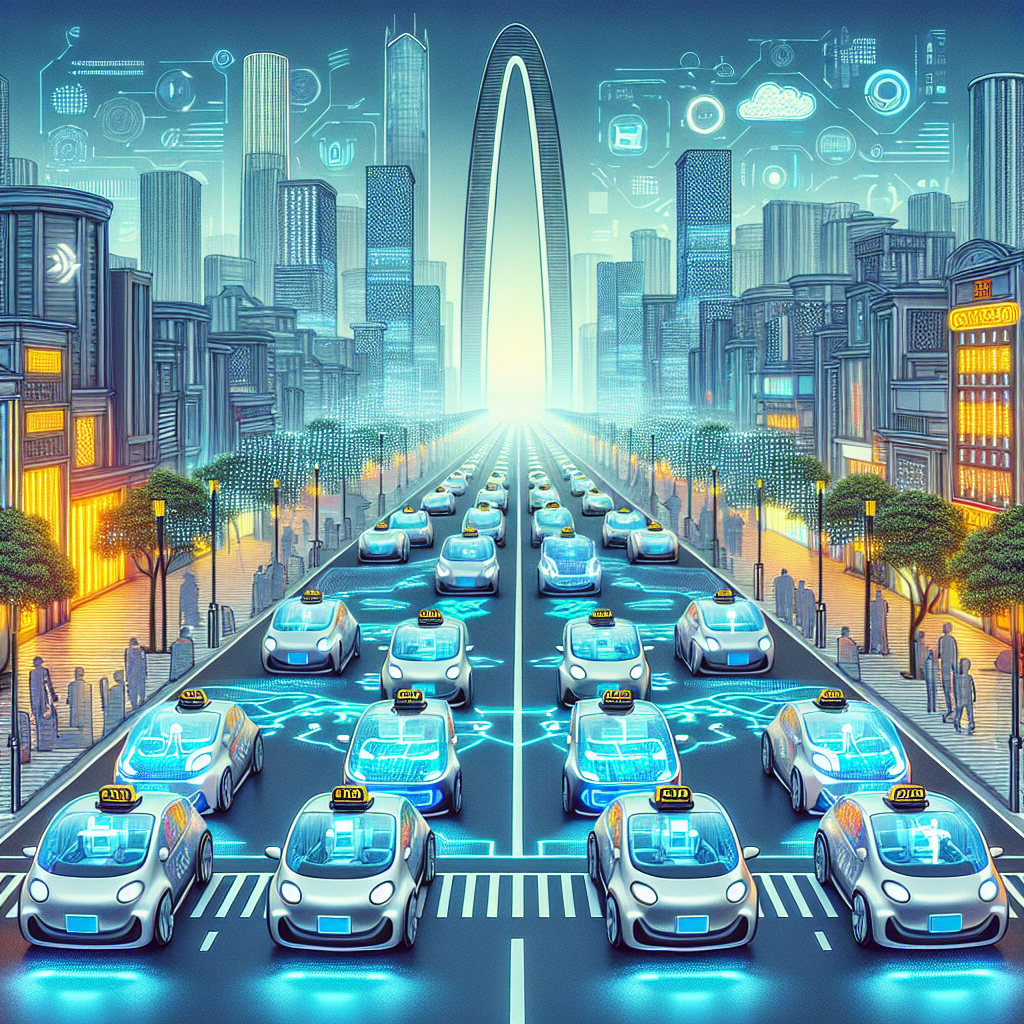Pony AI Launches 1,000 Robotaxis in Shenzhen
When Henry Ford rolled the first Model T off the assembly line in 1908, he couldn’t have imagined a future where cars would drive themselves—no steering, no pedals, and no driver at all. Yet that future became one step closer to reality as Pony AI launches 1,000 robotaxis in Shenzhen, rewriting what urban mobility means in the 21st century.
A Strategic Partnership to Revolutionize Transportation
In an ambitious move to reshape public transportation in China, Pony.ai has announced a sweeping partnership with the Xihu Group. This alliance will deploy a fleet of 1,000 autonomous vehicles—yes, robotaxis—on the busy streets of Shenzhen. The announcement marks one of the largest autonomous ride-hailing rollouts in the country.
Pony.ai, a leader in autonomous driving technology, will integrate its cutting-edge software into a new wave of purpose-built vehicles. These EVs, developed in collaboration with Toyota and other manufacturing partners, are designed for optimal performance in dense urban corridors and complex traffic scenarios.
The Details of the Shenzhen Deployment
Shenzhen, China’s tech-forward metropolis, makes an ideal proving ground for Pony.ai’s full-scale robotaxi fleet. The deployment includes:
- 1,000 fully autonomous electric vehicles equipped with advanced AI, LiDAR, and camera systems.
- Strategic routing powered by real-time data analytics and cloud-based navigation.
- Ride-hailing via Pony.ai’s app interface and through integration with Xihu Group’s platforms.
- Coverage across vital urban districts, including business zones and high-density residential areas.
With a robust 5G infrastructure and a population open to tech innovation, Shenzhen provides the logistical backbone needed to support this autonomous ecosystem. The partnership with Xihu Group ensures not only financial and operational backing but also access to an established mobility service infrastructure.
The Bigger Picture: China’s Race Toward Autonomy
This isn’t Pony.ai’s first foray into autonomous mobility. Previously, the company has piloted programs in cities like Guangzhou and Beijing. However, the scale of this latest initiative signals China’s accelerating commitment to becoming a global leader in AI-driven transportation.
The rollout supports broader national goals aligned with China’s “Smart Transportation” initiatives and carbon-neutral targets. As more cities embrace sustainable, tech-enhanced mobility, robotaxis are expected to play a pivotal role in reducing congestion and emissions.
Why This Matters for the Global Industry
The buzz around autonomous vehicles is often focused on Silicon Valley, but this aggressive expansion in China may shift the narrative. Companies like Pony.ai are not only testing but operationalizing solutions at volumes that rival or surpass Western counterparts.
This raises compelling questions: Who truly leads the driverless car race? And will cities like Shenzhen become the gold standard for future mobility?
Conclusion: A Step Toward a Driverless Tomorrow
As Pony AI launches 1,000 robotaxis in Shenzhen, the message is clear—autonomous transportation is not a distant dream but a tangible, operational reality. Backed by a strategic alliance with Xihu Group and bolstered by regional infrastructure and tech-savvy consumers, Pony.ai appears poised to lead a transportation revolution.
For more details on the strategic move and its implications, you can read the official announcement via Stock Titan’s full coverage.
Keep your eyes on Shenzhen—because the future of mobility just made a pit stop there.

